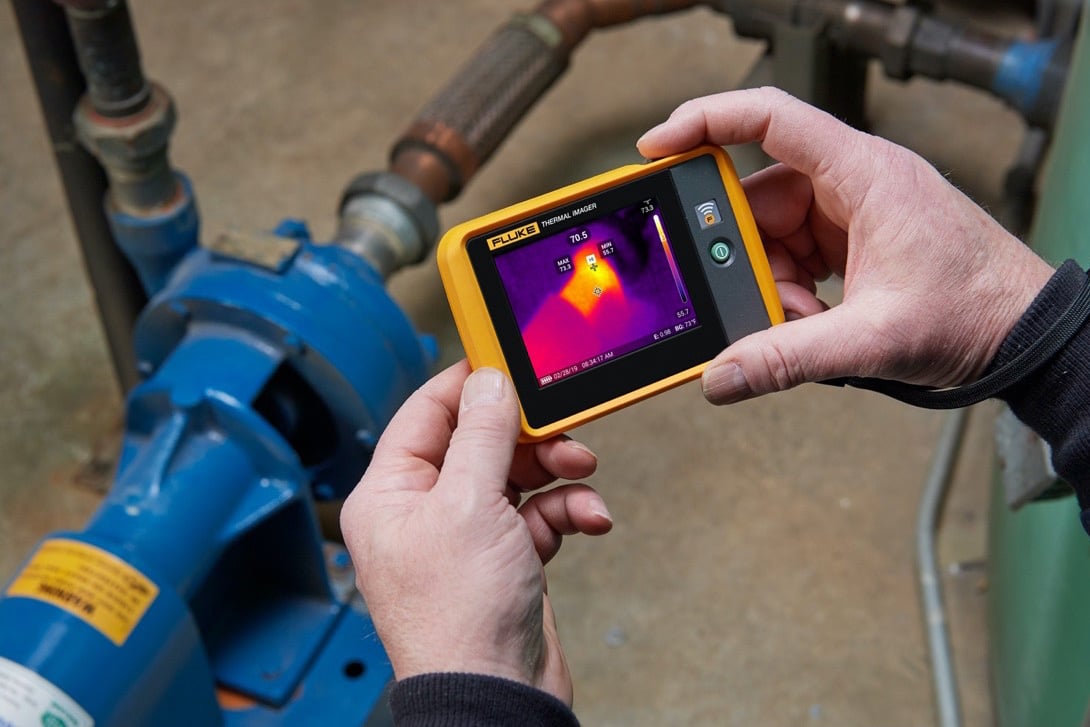Advanced Water Leak Detection Solutions for Your Home and Company
Advanced Water Leak Detection Solutions for Your Home and Company
Blog Article
Ingenious Solutions for Early Discovery of Water Leakages in Structures and Infrastructure
As the stability of buildings and framework is extremely important, the challenge of early discovery of water leaks has spurred innovative remedies that promise to revolutionize the way we protect versus potential problems. From cutting-edge leak discovery innovations to the deployment of IoT sensors for real-time tracking, the landscape of leak prevention is evolving quickly. Artificial intelligence formulas supply a peek into the future of leak prediction, while thermal imaging provides a non-intrusive approach for determining hidden leakages. Automated water flow evaluation systems are improving how leaks are identified and addressed, paving the way for a proactive technique to water leakage detection. Each of these services holds the key to making sure the integrity and longevity of our built setting, prompting a change towards a much more lasting and effective future.
Advanced Leak Detection Technologies
Advanced leak discovery modern technologies, furnished with innovative sensors and algorithms, play an important duty in promptly identifying and pinpointing water leaks in various settings. These innovations utilize a mix of acoustic, thermal, and electro-magnetic sensing approaches to find leakages accurately. Acoustic sensing units spot the sound of leaving water, enabling for precise localization of the leak resource. Thermal imaging discovers temperature level modifications triggered by water leak, offering another effective approach for leak identification. Electromagnetic sensors can identify adjustments in magnetic fields triggered by water, using yet another layer of leak detection capacity.

IoT Sensors for Real-Time Surveillance
In the realm of modern water leakage discovery, the assimilation of IoT sensors for real-time tracking stands for a pivotal advancement in boosting aggressive leakage detection abilities. These sensing units provide continuous tracking of water supply, offering real-time information on water circulation prices, pressure variants, and temperature level adjustments. By leveraging IoT innovation, these sensors can find also the tiniest abnormalities in water use patterns, making it possible for early identification of prospective leakages prior to they escalate into significant problems.
IoT sensing units transmit data to a centralized platform, where sophisticated algorithms assess the details and create notifies or notifications when irregularities are spotted. This real-time tracking capability allows building owners or center supervisors to without delay address leaks, reducing water damage, lowering repair expenses, and saving water sources.
Furthermore, IoT sensing units can be integrated with structure monitoring systems, enabling computerized actions to discovered leakages, such as turning off water shutoffs or triggering pumps to reduce the influence of leakages. Generally, the application of IoT sensing units for real-time monitoring significantly enhances the effectiveness and effectiveness of water leak detection in structures and facilities.
Artificial Intelligence Algorithms for Leak Forecast

One key advantage of using maker discovering for leakage forecast is its ability to continuously discover and enhance its precision in time. As even more information is gathered and fed right into the formula, it can refine its predictions and adapt to changing conditions, ultimately increasing the dependability of leakage detection systems.
Furthermore, artificial intelligence algorithms can assist in recognizing subtle indications of leakages that might go unnoticed by standard monitoring navigate here methods. water leak detection. By assessing complex data embed in real-time, these algorithms can offer early cautions and signals, allowing for punctual treatment and preventive maintenance to minimize potential water damages and connected costs
Making Use Of Thermal Imaging for Leakage Discovery
Thermal imaging innovation supplies an encouraging strategy for spotting water leakages in numerous systems and infrastructures. By using infrared radiation and temperature variations, thermal imaging cameras can determine covert leaks that are not conveniently visible to the naked eye. When water runs away from pipes or frameworks, it often transforms the temperature level of the surrounding area, producing temperature level differentials that thermal cameras can catch. These temperature level abnormalities are after that converted right into noticeable pictures, highlighting the specific location of the leak.
One of the crucial advantages of thermal imaging for leakage detection is its non-intrusive nature. In general, the use of thermal imaging technology enhances the effectiveness and precision of water leak discovery, making Website it a useful device for preserving the honesty of buildings and infrastructures.
Automated Water Circulation Evaluation Systems
How can computerized water flow analysis systems transform the detection and management of leakages in various systems and frameworks? Automated water flow analysis systems offer a positive technique to leakage detection by constantly monitoring water flow rates and patterns. By developing standard information, these systems can promptly determine variances that may suggest a leakage, making it possible for punctual treatment to stop substantial damages.
These systems use innovative formulas to assess real-time information and provide prompt signals when abnormalities are identified, permitting speedy activity to be taken. In addition, automatic water flow evaluation systems can be integrated with building monitoring systems or IoT platforms, enhancing general performance and allowing remote monitoring abilities.
Additionally, the information gathered by these systems can be made use of for predictive upkeep purposes, aiding to recognize potential weak points in the infrastructure prior to leakages take place. On the whole, the execution of automatic water flow evaluation systems can significantly improve leak discovery and administration techniques, inevitably resulting in set you back financial savings, reduced water waste, and boosted sustainability in buildings and infrastructure.

Conclusion
Finally, the integration of innovative leakage detection modern technologies, IoT sensors, device understanding algorithms, thermal imaging, and automatic water flow analysis systems provides cutting-edge services for early discovery of water leakages in structures and framework. These modern technologies make it possible for real-time tracking, prediction of leaks, and effective detection techniques to stop water additional reading damage and waste. Carrying out these services can assist in maintaining the integrity and sustainability of water systems in different settings.
Report this page